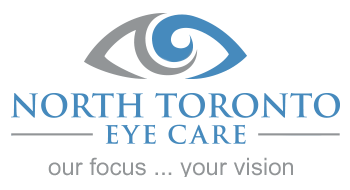Eye Health,Medical News,Uncategorized,What's New
Keratoconus is a degenerative condition of the eye. This progressive disorder causes the cornea, the front part of the eye, to change in structure, thin, and eventually to alter into a more cone-shaped appearance. It can lead to decreased vision, distortion and deterioration in vision, as well as light sensitivity.
There are treatment options which can stop the progression of keratoconus. If detected early on, glasses or contact lenses may help correct nearsightedness and astigmatism linked with the disease. However, when functional vision cannot be achieved with glasses and contact lenses alone, more advanced treatment is needed as the condition advances and the cornea becomes thinner.
Cross linking is a non-invasive treatment which strengthens the collagen fibres within the cornea. A yellow drop containing riboflavin (Vitamin B2) is placed onto the eye which is then activated by UV light. This stops the cornea from becoming conical in shape, as well as making it more rigid.
Intracorneal, or ICRs, can also be used to correct, or flatten the shape of the cornea. These rings are implanted in the cornea to modify the corneal curvature. The rings reduce corneal steepening and astigmatism associated with keratoconus.
To further strengthen the cornea, cross linking collectively with femtosecond-laser assisted implantation of intracorneal rings may also be used. This combined procedure enhances visual acuity and quality in patients with mild keratoconus. The insertion of the implants is performed under topical anaesthesia. However, along with the femtosecond laser, it provides a tailored tunnel in which the depth of the tunnel and limits of the inner and outer depth of the ring can be controlled very accurately. This in turn leads to a reinforcement of the fibres of the cornea. Blending ICRs and cross-linking offers the patient increased corneal stability which is lacking with implantable contact lenses alone.
